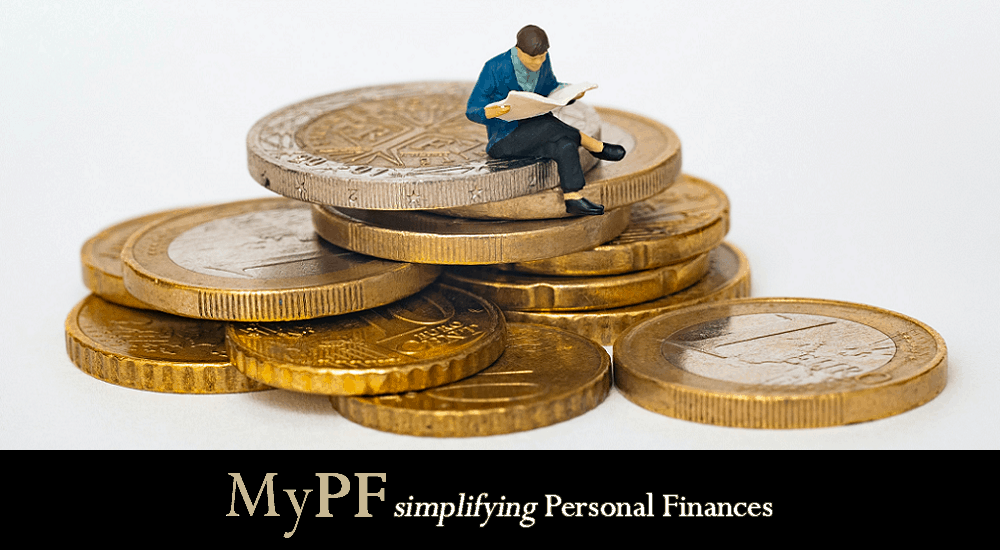Don’t be caught unprepared – get to know these great financial foundations for better security.
Investor and entrepreneur Alex Hormozi defined an individual’s wealth as the ratio between one’s income and expenses, a much fitting description of what financial freedom entails – the means to live freely within the confines of such a versatile ratio. If your expenses exceed your income, you have no ratio at all.
If your income barely stretches over your expenses, you have a very low ratio. The ideal scenario is to spread the ratio as far as possible by increasing your income and minimizing your expenses.
This has long been the golden mantra of profitable sustainability for large corporate entities, small businesses and aspiring millionaires alike. Financial independence forms the essence of capitalism and in turn individual empowerment, associated with aspects such as ownership and control of assets. This inadvertently means that individuals who are wealthy are also self-reliant and presented with more opportunities than their less financially secure counterparts.
Nobody could force you to work a job you hate or lure you under false pretenses due to desperation. You could retire early, spend your time doing things that matter to you, or spend money in pursuit of happiness or purpose instead of just getting by on a daily basis.
It’s no secret that this is the objective that most of us strive for. With that, let’s go over some of the foundational pillars of financial independence.
Contents
Role of Emergency Funds
An emergency fund will serve as a financial safety net that can cushion the impact of unexpected expenses or income disruptions. The premise is simple but perhaps one of the most crucial aspects of financial security. In many cases those who try to build up their savings account only have to wait so long before unpredictable circumstances compromise the rising amount.
Instead of having to crawl back up again every time there’s a sudden trip to the hospital, it’s important to build an emergency fund. This typically consists of liquid assets including cash or easily accessible savings accounts to cover events like car repairs, medical bills or a sudden job loss.
Generally, it’s a good idea to aim for three to six months’ worth of living expenses. Having this buffer in place alleviates stress during challenging times and allows you to navigate financial setbacks with confidence, knowing you have a financial safety net to fall back on.
Passive Income
We hear this word passive income getting thrown around a lot, but the truth is that it takes just as much work establishing passive income as compared to active income. The only difference is that passive revenue entails automated dividends that can gradually grow through the power of compounding.
Passive income will require upfront investment of money, time, and resources but the yields are for the long term. Consider options like rental properties, dividends from stocks or mutual funds, interest from bonds or savings accounts, royalties from intellectual property, or even income generated from online businesses such as affiliate marketing.
The idea here is to get paid while you sleep, which is a cliché expression that actually defines the nature of wealth quite perfectly. You need to be able to diversify into multiple streams of income without trading time for money. That’s a sturdy formula for replicable revenue growth and a significant net worth.
Debt Management Strategies
Debt management is a tough one, mostly because we live in a society that encourages us to acquire debt, to feed a system that thrives on debt so to speak. Debt is not necessarily a bad thing as most financial experts will tell you.
A good credit score can make your future loan applications easier because banks trust you. However, accumulating debt is a sign of bad financial management and in turn, recurring high-interest payments can become a poison that dries up your money wells very quickly.
One debt management strategy that’s talked about a lot is the debt snowball method, where you focus on paying off small debts while making minimum payments on big debts. Eventually, smaller debt is eliminated and you can use the momentum to tackle larger debts over time. Whichever method you choose, make sure to stick to the plan for consistency.
Investment Strategies for Long-Term Security
No list on financial independence is complete without investment strategies. Conventional tactics for investors often focus on long-term security, which means that we generally want to diversify investment portfolios while managing risk tolerance to play the long game. Of course, there are investors who have a higher risk appetite or prefer to lean a little heavier on cryptocurrencies and other trendy alternatives, but let’s consider playing the safe route for now.
Spread risk and maximize gains by looking into a variety of asset classes, industries, or regions. A diversified portfolio helps to mitigate the impact of market volatility. For the most part, a safe mix of stocks, bonds, real estate, and alternatives like commodities or precious metals is more than enough.
Investors can further diversify their options by looking into specific regions or industries, focusing on fundamentals and notable developments. For instance, many speculators are cautiously considering India as a good prospect for various investment opportunities at the moment including, as Indian stocks are booming, and a growing banking sector is helping to prop up the nation’s economy to greater heights.
Apart from all that, the common methods of investing include Exchange-Traded Funds (ETFs) or mutual funds that offer a convenient way to get in on a broad range of securities with a good amount of guidance.
Watch Your Risk
Risk tolerance has to be based on individual pursuits and preferences. Younger investors may have a higher risk tolerance to allocate larger portions to equities which offer higher returns at the cost of greater volatility. Older investors may shift to more conservative asset classes like bonds or cash equivalents. Assess risk tolerance periodically or seek consultation to stay on the ball with this.
Retirement Savings?
Retirement planning options hold a good amount of utility, while they aren’t completely considered an asset that’s in your control. In Malaysia we have the EPF (Employees Provident Fund) which is the equivalent of the 401(k).
Basically, these employer-sponsored retirement savings plans enable employees to contribute a portion of their income for a rainy day, which will be allocated and ready for use by the time the golden years roll by. If you’re an employee, it’s highly encouraged that you regularly contribute to your retirement account. It may surprise you down the line!
Conclusion
There is also a lot to be said about the psychological aspect of financial independence, in relation to investing and individual motivation. This is why there are so many personal finance experts out there giving their best tips on how to build the wealth-oriented mindset!
Consistency is key – Author of Atomic Habits, James Clear, beautifully states that time is the passage that multiplies the measure of failure or success. In other words, the consistency of good habits is a cost to bear that will prove beneficial in time. Be patient and continue to build on the pillars of financial independence and greatness may follow suit! Sticking to the plan is imperative!
Calculated risks are necessary – Prolific psychologist Daniel Kahneman describes the phenomenon of great success going to those who are confident enough to be ignorant about some of their shortcomings. The sky’s the limit when you don’t know your own limits. However, past a certain point ignorance does not pay dividends. Overconfidence often leads to catastrophic consequences. The moral of the story? Take calculated risks. Risks constitute the magic dust for success after all!
What is your most riskiest financial decision? Let us know in the comments down below.











Leave A Comment